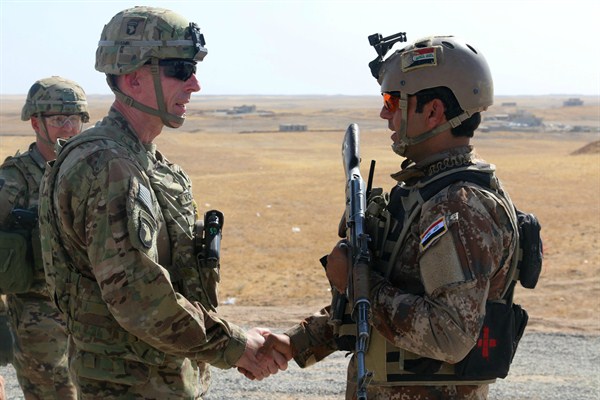In 2014, the so-called Islamic State rolled across northern Iraq in a shocking offensive, as Iraqi security forces crumbled before it. Although the extremists could not take Baghdad, they did occupy several major cities, mostly importantly Mosul, Iraq’s second-largest city, which they quickly turned into their de facto capital. But 2014 was their high-water mark: Since then Iraqi security forces and Shiite and Kurdish militias regrouped and pushed the Islamic State back.
Now the most important battle of the counteroffensive has begun with an ongoing operation to recapture Mosul. Kurdish forces known as peshmerga, advancing in gun trucks and armored vehicles, having driven Islamic State fighters out of the villages east of Mosul, while Iraqi military and police units as well as Shiite militias push up from the south. Under a U.S.-brokered agreement, elite Iraqi counterterrorism forces, federal police and local tribal fighters will eventually clear the city of Islamic State fighters.
While the battle still hangs in the balance, all signs are that the Islamic State will be driven from Mosul. Then the most difficult work begins: political reconciliation and the physical reconstruction of a shattered and brutalized city. As Ellen Laipson argued in her World Politics Review column this week, what happens after Mosul is liberated will determine Iraq’s future as a unified, multiethnic, multi-sectarian state.

